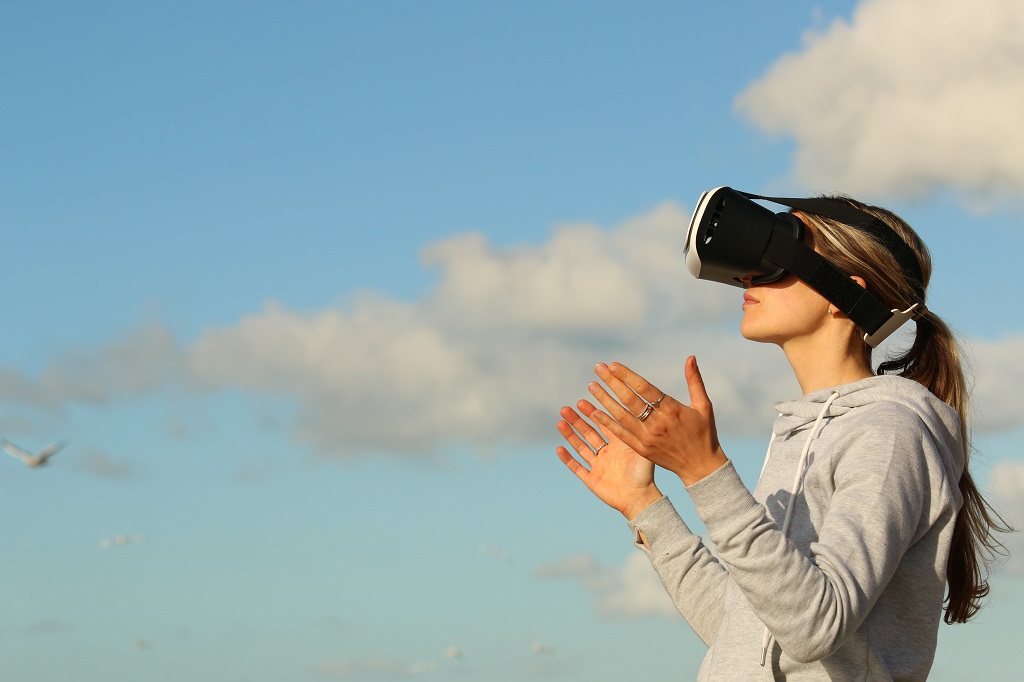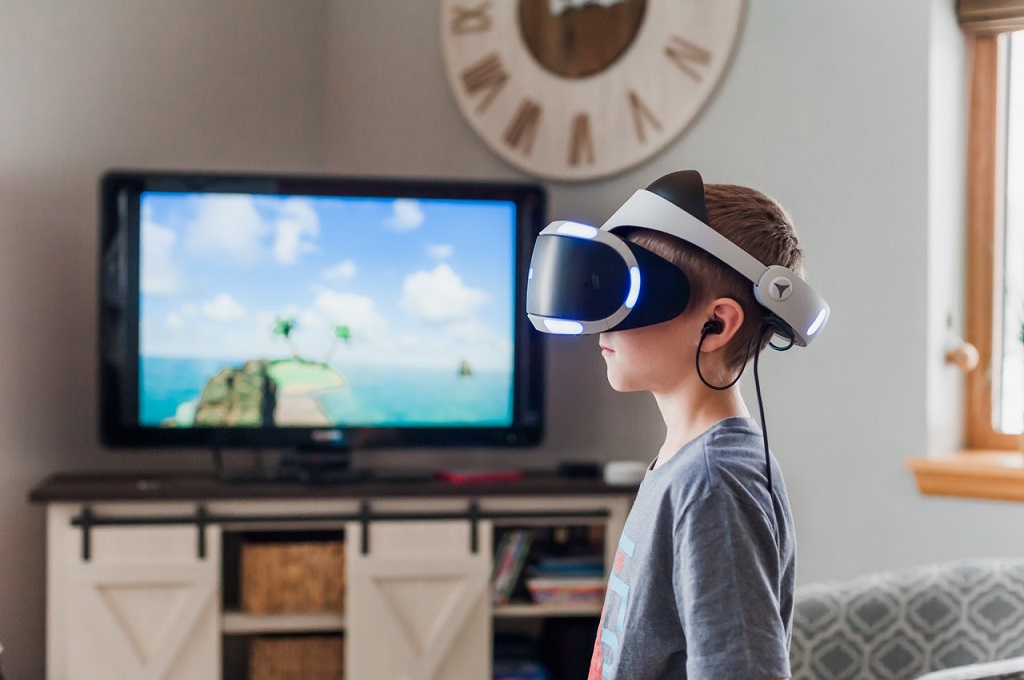Virtual Reality (VR) is seeing a bit of a boom in recent years. Here is a look at trends shaping the future of VR. Far from the niche gaming tech of the early years, VR is being used for all sorts of practical purposes in a wide range of industries (including Travel & Tourism). According to Grand View Research, the global market for VR was more than $15.8 billion in 2020 and it is forecast to grow to more than $69 billion by 2028.

While gaming still plays a significant role in the industry, much of the growth is in other sectors. In the future, it will be the more practical applications that drive the industry forward. With that in mind, let’s take a look at some of the trends shaping the future of VR, Virtual Reality.
WHAT IS IN THIS POST
6 Trends Shaping the Future of Virtual Reality (VR)
VR for Entertainment
Entertainment has been at the heart of the industry from the very beginning. Gamers love the immersive experiences they can get from VR games. The technology is also more accessible now that people can download a VR app to experience games and other entertainment options on a phone. With that said, VR entertainment goes far beyond games.
Virtual Reality tours have been a popular option in recent years. If you don’t have the time to travel, you can experience locations from around the world with a VR headset. In some cases, you can even find VR tours that will transport you to different times in history or fictional worlds the creators dreamed up. You also have VR movies that offer an additional layer of immersion for a deeper level of storytelling.
VR trends in Advertising
If technology can deliver a memorable, engaging experience, you can be sure advertisers will experiment with it. One way to do this will be for companies to create branded VR experiences. This could be a short film that helps to show the product in use, or it could be a game that keeps people playing while also being tied in with the products being sold.
As another option, brands could pay for placement in VR games. The VR world could have billboards that advertise different products. They could also work on a similar model to ad-supported mobile games. The player plays for a while, and then they have to watch a VR ad before they can continue.
VR trends for Tourism
VR has a lot of potentials to have an impact on the tourism industry. To start, virtual tourism could become an industry of its own, but it is more about how VR experiences could be used to sell travelers on different locations through the use of virtual tours.
Imagine being able to virtually tour your hotel room before you book it. Beyond touring the rooms, you might be able to get a preview of the different facilities they have or the restaurant. Different tourist destinations could also attract travelers by creating VR tours of different attractions. This could include virtual tours of parks, natural attractions and historical sites.

If you enjoy the virtual tours that many museums currently offer, how amazing would it be to experience it using VR. Experiential venues like the “explorable” art museum Meow Wolf in Santa Fe, New Mexico, and the digital art museum teamLab in Tokyo are becoming a trend in the travel world. In many ways, VR without the glasses, blurring elements of film, and space, an immersive Illuminarium, (opening soon in Atlanta) hopes to bring visitors together indoors in a room that can be transformed through video projection and transport them to a safari across Africa.
VR in Education
Using VR for education could be a great way to enhance learning. A VR program could bring history to life and make the subject more accessible and engaging. Science classes could take students inside a cell or it could be used to perform demonstrations that would be either too expensive or too dangerous for the average classroom. VR could also be a way to provide students with hands-on experience with a variety of tasks that may not be accessible through traditional classroom activities.
VR for learning also goes beyond teaching children; it can also be used for teaching and training adults. Factory workers could get practice with hazardous tasks before they have to apply the skill in the workplace. Doctors could practice different procedures before having to work on a real patient. With VR, people could learn these skills without the risk and at a lower cost.
The Virtual Workplace
It is becoming more common for people from around the world to have to work on projects together. In some ways, they can use technologies like email and video conferences to achieve their goals, but it is not like sharing an office. With VR collaboration software, teams can work together in an environment that is much more like being in the same space.
People can create avatars and share a virtual meeting room. With the right technology, they can talk and gesture to each other. Some platforms even allow people to manipulate objects in the space, share presentations and project videos or images on a shared screen in the VR office.
Virtual Reality trends for Retail
Online shopping is getting bigger every year. People now shop for everything from their daily needs to expensive electronics through eCommerce platforms. The only thing holding back some sales is that many customers don’t want to purchase certain products with only pictures and a text description to go by.
With VR, you can help customers overcome this reluctance. Retailers could use a VR app to create an environment that allows users to see a realistic 3D model of the product. Depending on the product, shoppers might even be able to test some of the features before they decide to buy.
VR is more than just fun and games. Businesses of all sizes now use the technology to achieve a wide range of goals. With the current trajectory of the market, we should expect to see the technology not only getting more advanced, we should also expect to see it becoming more common.
Photos sourced from Pexels
You might also like:
20 Art Museums you can visit Virtually
AI in Art
Note: This post may contain affiliate links, partnership or sponsored content. If you purchase an item via one of these links, we may receive a small commission at no extra charge to you. But as always images and opinions are our own. For more information on our affiliates and privacy policy at Outside Suburbia see here.
CONNECT WITH US
